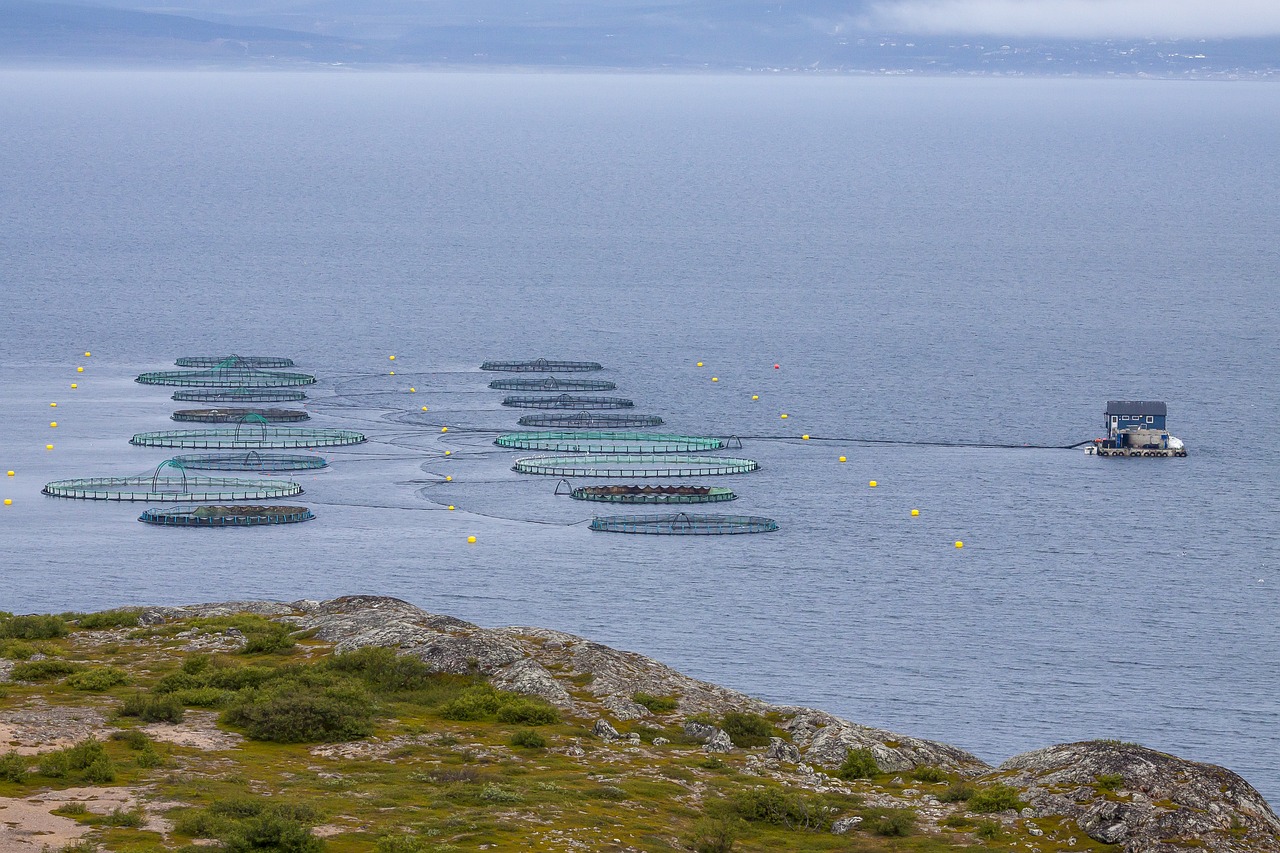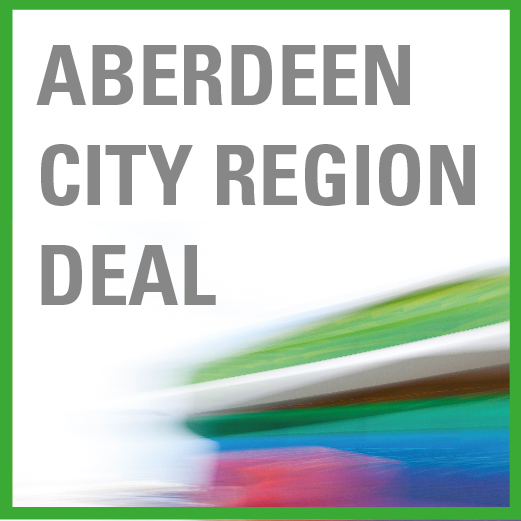While aquaculture originated thousands of years ago, with the earliest evidence dating back to before 1000 BCE when carp farming was practised in China, it is only since the mid-20th century that its commercial importance has come to light. Population growth, dietary shifts and technological advances have accelerated aquaculture to make it the fastest-growing food supply sector in the world, with a global economic value of around USD 265 billion.
What is Aquaculture?
Aquaculture, also known as aquafarming, is the practice of breeding, raising and harvesting aquatic organisms such as fish, shellfish, crustaceans and aquatic plants in controlled environments. This practice is used for various purposes, including food production, restoration of endangered species populations, production of ornamental species and enhancement of natural fish stocks. Aquaculture can take place in freshwater, brackish water or marine environments.
What Are the Main Types of Aquaculture?
Aquaculture can be broadly categorised into two main types: marine and freshwater.
Marine aquaculture (mariculture) involves the farming of marine organisms in the ocean, coastal areas or other saltwater environments. Common species include fish (salmon, sea bass, tuna and cod), shellfish (oysters, mussels, clams and scallops), crustaceans (shrimp, prawns and lobsters) and multicellular marine algae. Methods of marine aquaculture include:
-
Cage Culture: Fish are reared in large cages or net pens anchored in coastal waters.
-
Raft and Longline Culture: Shellfish are grown on rafts or suspended from longlines in the water.
-
Bottom Culture: Shellfish are cultivated directly on the seabed.
-
Sea Ranching: Juvenile fish are reared before being released into the ocean to grow and are later harvested.
Freshwater aquaculture involves the farming of aquatic organisms in freshwater environments such as rivers, lakes, ponds and reservoirs. Common species include fish (tilapia, catfish, carp, trout and perch), crustaceans (freshwater prawns and crayfish) and aquatic plants (watercress, duckweed and water chestnut). Methods of freshwater aquaculture include:
-
Pond Culture: Fish are raised in constructed ponds, which is one of the oldest and most common methods.
-
Raceway Culture: Uses long, narrow channels with flowing water to cultivate fish, commonly used for species like trout.
-
Tank Culture: Involves rearing fish in tanks, often with recirculating systems to manage water quality.
-
Integrated Systems: Combines fish farming with agricultural practices, such as rice-fish farming, where fish are raised in rice paddies.
What Are the Benefits of Aquaculture?
When practised sustainably, aquaculture can be a crucial component of the blue economy, offering extensive benefits that contribute to economic growth, environmental sustainability and social well-being.
Economic Benefits
-
Food Security: Provides a reliable source of seafood, contributing to global food security and can produce large quantities to meet the growing demand.
-
Economic Growth: Creates employment opportunities in farming, processing and distribution sectors, boosting local and national economies through the production and export of aquaculture products.
-
Diversification: Provides additional or alternative income for coastal and rural communities and encourages the development of related supply chains, such as feed production, equipment manufacturing and processing facilities.
-
Innovation: Research into the supply chain for aquaculture feed, equipment and processing is key to optimise the resource allocation or transportation, thus reducing emissions and supporting more sustainable practices.
Environmental Benefits
-
Sustainability: Uses resources more efficiently compared to traditional fishing, potentially reducing pressure on wild fish stocks. Practices such as Integrated Multi-Trophic Aquaculture (IMTA) can help to recycle waste and reduce environmental impact.
-
Conservation: May supports the restoration of certain species.
-
Reduced Overfishing: Has the potential to preserve some wild fish populations and marine ecosystems by reducing overfishing.
-
Integrated Aquaculture: Involves farming multiple species in a way that mimics the nutrient flows in natural ecosystems. It is believed that this practice can help sustainability by recycling nutrients and reducing waste.
Social Benefits
-
Nutrition: Provides a rich source of high-quality protein, omega-3 fatty acids and other essential nutrients.
-
Community Development: Empowers local communities by providing training and development opportunities and supports traditional and cultural practices related to fish farming and consumption.
-
Educational Opportunities: Promotes research, development and innovation in sustainable farming practices and technologies. Provides education and training opportunities for workers, enhancing their skills and employability.
What Are the Challenges of Aquaculture?
Although the sector plays a critical role in global food security, economic development and employment, when poorly managed, it can have a catastrophic impact on the environment and society.
Economic Challenges
-
Market Fluctuations: Aquaculture products can be subject to significant price fluctuations due to changes in supply and demand. Small-scale farmers may struggle to access markets and compete with larger producers.
-
High Initial Costs: Setting up aquaculture operations requires substantial investment in infrastructure and equipment. Ongoing costs for feed, labour and maintenance can be high, especially for intensive farming systems.
-
Disease and Parasites: High stocking densities can facilitate the spread of diseases and parasites, leading to significant economic losses. Maintaining biosecurity to prevent and control outbreaks can be challenging and costly.
Environmental Challenges
-
Pollution and Waste Management: Excess feed and fish waste can lead to nutrient overload in water bodies, causing eutrophication and harmful algal blooms. The use of antibiotics, pesticides and other chemicals can pollute water and harm non-target species.
-
Habitat Degradation: Conversion of mangrove forests to shrimp farms and other aquaculture operations can destroy critical coastal habitats and bottom culture methods and cage farming can disturb the seabed and local ecosystems.
-
Escape of Farmed Species: Escaped farmed fish can interbreed with or pass diseases/parasites on to wild populations, potentially reducing genetic diversity and diminishing populations. Non-native species introduced for farming could become invasive, outcompeting and displacing local species.
-
Resource Use: High water usage, particularly in freshwater aquaculture, can strain local water resources. Dependence on wild fish for feed can contribute to overfishing and ecosystem degradation.
-
Regulation and Monitoring: These functions are key to ensure that aquaculture practices do not harm the environment and that aquaculture growth is aligned with environmental conservation.
Social Challenges
-
Community Conflicts: Aquaculture can compete with other community needs and uses for marine and land area/resources. Expansion of commercial aquaculture can displace and negatively impact traditional fishing and farming communities.
-
Labour Issues: Jobs in aquaculture can involve difficult and sometimes unsafe working conditions. Ensuring fair wages and labour practices can be challenging, particularly in regions with less regulatory oversight.
-
Food Safety: Aquaculture products can be contaminated with pollutants, pathogens or harmful chemicals, posing risks to consumer health. Ensuring the traceability and transparency of aquaculture products is important for food safety and consumer confidence.
Is the National Subsea Centre Currently Involved in Any Aquaculture Projects?
The National Subsea Centre’s Net Zero Operations and Transparent Ocean teams are working on a number of subsea and marine-related projects that will help in the long-term preservation of aquaculture environments:
The NSC exhibited at Aquaculture UK in May 2024, the UK’s largest meeting place for aquaculture professionals and is set to exhibit at Ocean Business in April 2025, the global meeting place for ocean science and technology professionals hosted by NSC partner National Oceanography Centre. With large events such as these dedicated to the sector, aquaculture is poised for continued growth for years to come.
To discover more about how our teams are solving real-world problems and the other impactful research projects that are currently being undertaken, view our dedicated Net Zero Operations webpage and Transparent Ocean webpage.








